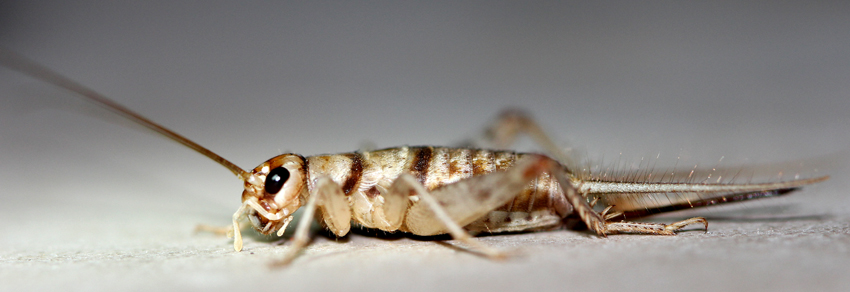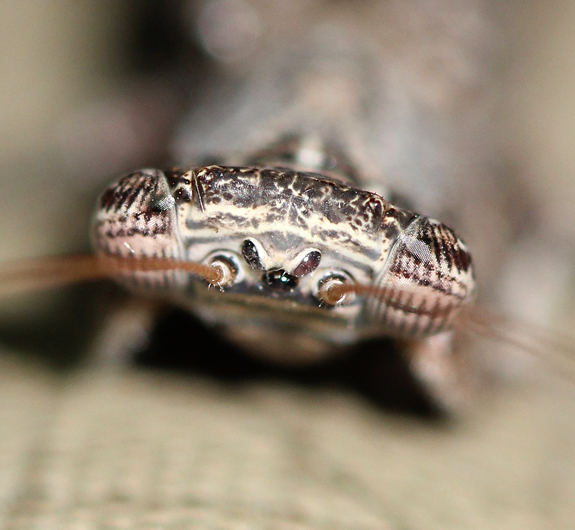2011 KTP Is this an earwig?


Moderator: Klipspringer
thank you so much KlipspringerKlipspringer wrote: ↑Mon Jan 11, 2021 8:31 amBlurry yeah but very good to check on the head shape - well done
It looks similar to this Hoplocorypha (triangle-like extensions = lateral tubercles)
head.jpg
Here a figure from Kaltenbach 1996
Hoplocoryphella grandis - Kaltenbach 1998.jpg
That makes it a species in the family Hoplocoryphidae
From South Africa are recorded:
Hoplocorypha brevicollis (Free State)
Hoplocorypha macra (Vegetation in drier areas of Northern Cape, Western Cape, Eastern Cape, KwaZulu Natal, Mpumalanga, Gauteng, Limpopo, Gauteng, North West)
Hoplocorypha nana (KwaZulu Natal, Mpumalanga, Limpopo, Northern Cape)
Hoplocorypha saussurii
Hoplocoryphella grandis (In dry grasses and other vegetation in Northern Cape, North West, Limpopo, Mpumalanga, KwaZulu Natal and Eastern Cape)
Records for Hoplocorypha nana from Kaltenbach:
Namibia: Hermersdorf close to Windhuk; Okahandja to Waterberg
South Africa: Twee Rivieren, Kalahari Gemsbok Park; Messina (Limpopo); Nelspruit (Mpumalanga)
also recorded from Malawi and East Africa
You can post it to the AW mantis book viewtopic.php?f=247&t=3220
as:
African Stick Mantis Hoplocorypha cf nana
Male nymph
Superfamily Hoplocoryphoidea. Family Hoplocoryphidae
Adult size (Male): Body length 26 mm; pronotum 9 x 1.5 mm; forewings (tegmina) 12 x 2 mm.
Hoplocorypha mantids are excellent mimics of dry stalks, and when prowling the sand they move in a way resembling a stick waving in the breeze.
The head capsule of Hoplocorypha and Hoplocoryphella spp carries prominent bulging and pointed elevations between the compound eye and the corresponding parietal furrow on either side. These elevations have been named 'Nebenaugenhöcker' (Beier, Kaltenbach, Ehrmann) or 'lateral tubercles' (Roy). The function of the lateral tubercles has been discussed by Edmunds. In dorsal view, they enhance the concealment of the neck contour thus making it more difficult for predators to recognize the mantid as such (and therefore as potential prey) by its characteristic head-pronotum outline.
Links:
https://www.biodiversitylibrary.org/ite ... 9/mode/1up
http://mantodea.speciesfile.org/Common/ ... ID=1185656
https://www.zobodat.at/pdf/ANNA_98B_0193-0346.pdf





